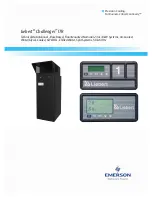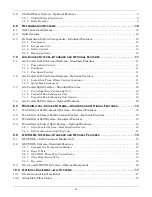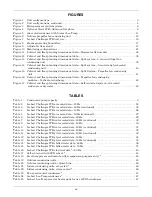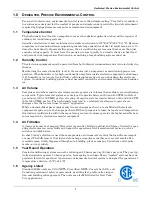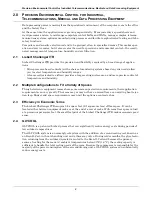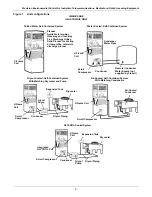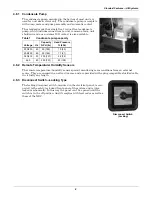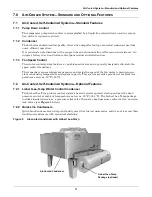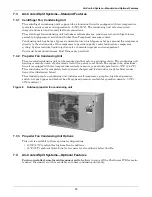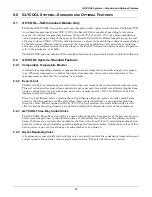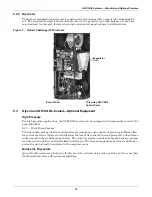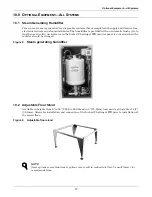
Precision Environmental Control for Industrial, Telecommunications, Medical and Data Processing Equipment
2
2.0
P
RECISION
E
NVIRONMENTAL
C
ONTROL
FOR
I
NDUSTRIAL
,
T
ELECOMMUNICATIONS
, M
EDICAL
AND
D
ATA
P
ROCESSING
E
QUIPMENT
Data processing power is moving from the specialized environment of the computer room to the office
and the factory floor.
At the same time, the applications are growing exponentially. From yesterday’s spreadsheets and
word processors, micro- to mid-range computers control LANs and WANs, manage complex telecom-
munications systems, optimize manufacturing processes and facilitate sophisticated testing and labo-
ratory functions.
Computers and sensitive electronics tend to be grouped, often in specialized rooms. This makes oper-
ation and service easier, but it also creates the need for precision environmental control—the coordi-
nated management of temperature, humidity and air filtration.
2.1
Liebert Challenger ITR
Liebert Challenger ITR provides the precision and flexibility required by a broad range of applica-
tions.
• Microprocessor-based controls (with a choice of monitoring systems based on your needs) allow
you to select temperature and humidity ranges.
• A-frame coil (oriented to airflow) provides a large cooling surface area, and more precise control of
temperature and humidity.
2.2
Multiple Configurations to Fit a Variety of Spaces
Though electronic equipment rooms share some common protection requirements, their application
requirements can vary greatly. The room may or may not have a raised floor or an existing heat rejec-
tion loop. Budget and space requirements may limit the options a contractor has.
2.3
Efficiency in Economic Terms
The Liebert Challenger ITR occupies 9.8 square feet (.91 square meters) of floor space. It can be
located either between equipment racks or at the end of a row of racks. With room floor space valued
at a premium per square foot, the small footprint of the Liebert Challenger ITR makes economic good
sense.
2.4
GLYCOOL
GLYCOOL is a patented Liebert process that can significantly reduce energy costs during periods of
low outdoor temperatures.
The GLYCOOL system is a normal glycol system with the addition of a second cooling coil, known as
an Econ-O-Coil, in the air handling unit and a three-way valve. During colder months, the glycol solu-
tion returning from the outdoor drycooler is routed to the Econ-O-Coil and becomes the primary
source of cooling for the room. At ambient temperatures below 35°F (1.6°C), the cooling capacity is
sufficient to handle the total cooling needs of the room. Because the compressor is responsible for the
majority of the power consumption of the air conditioning unit, a GLYCOOL system can substantially
reduce energy costs.

